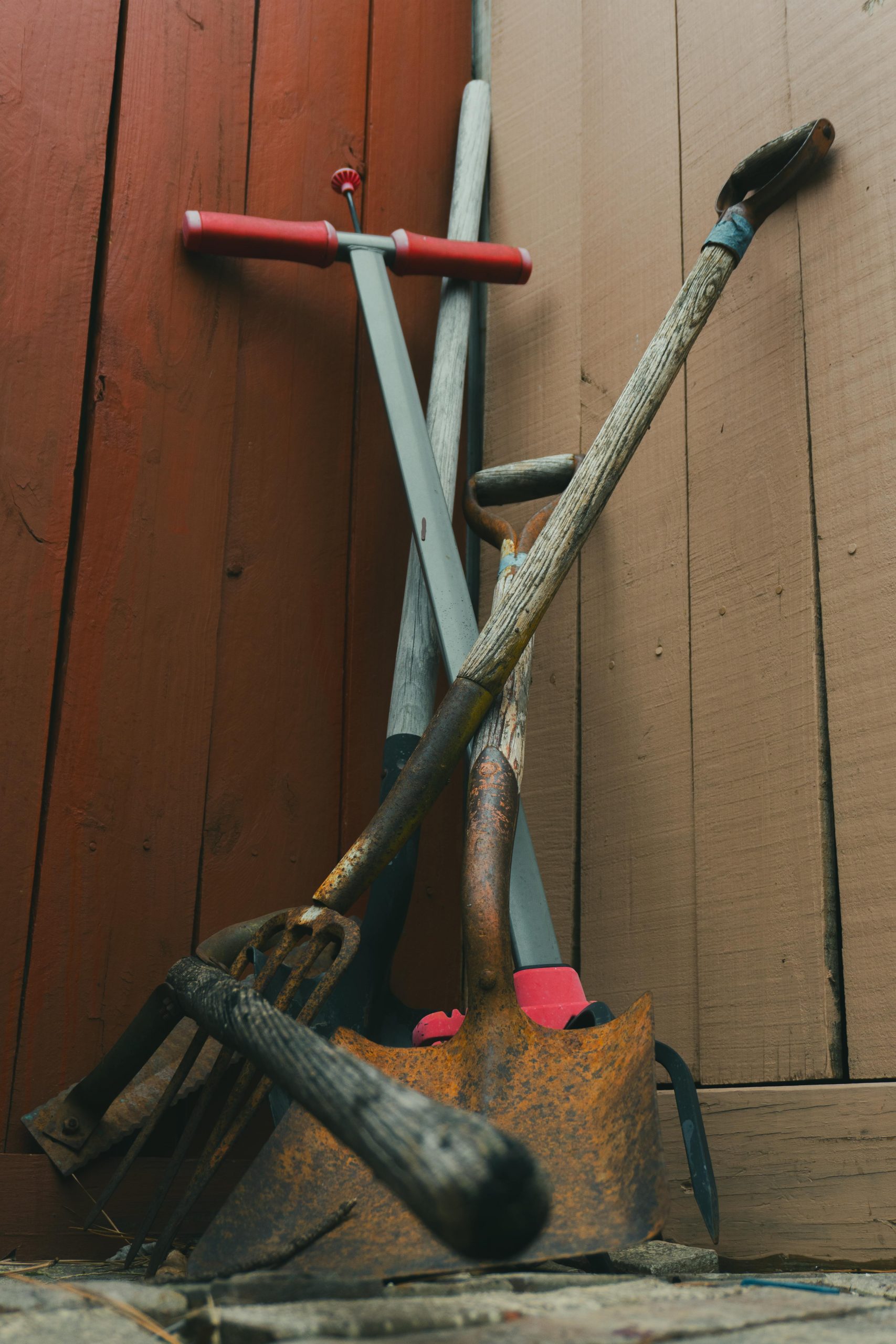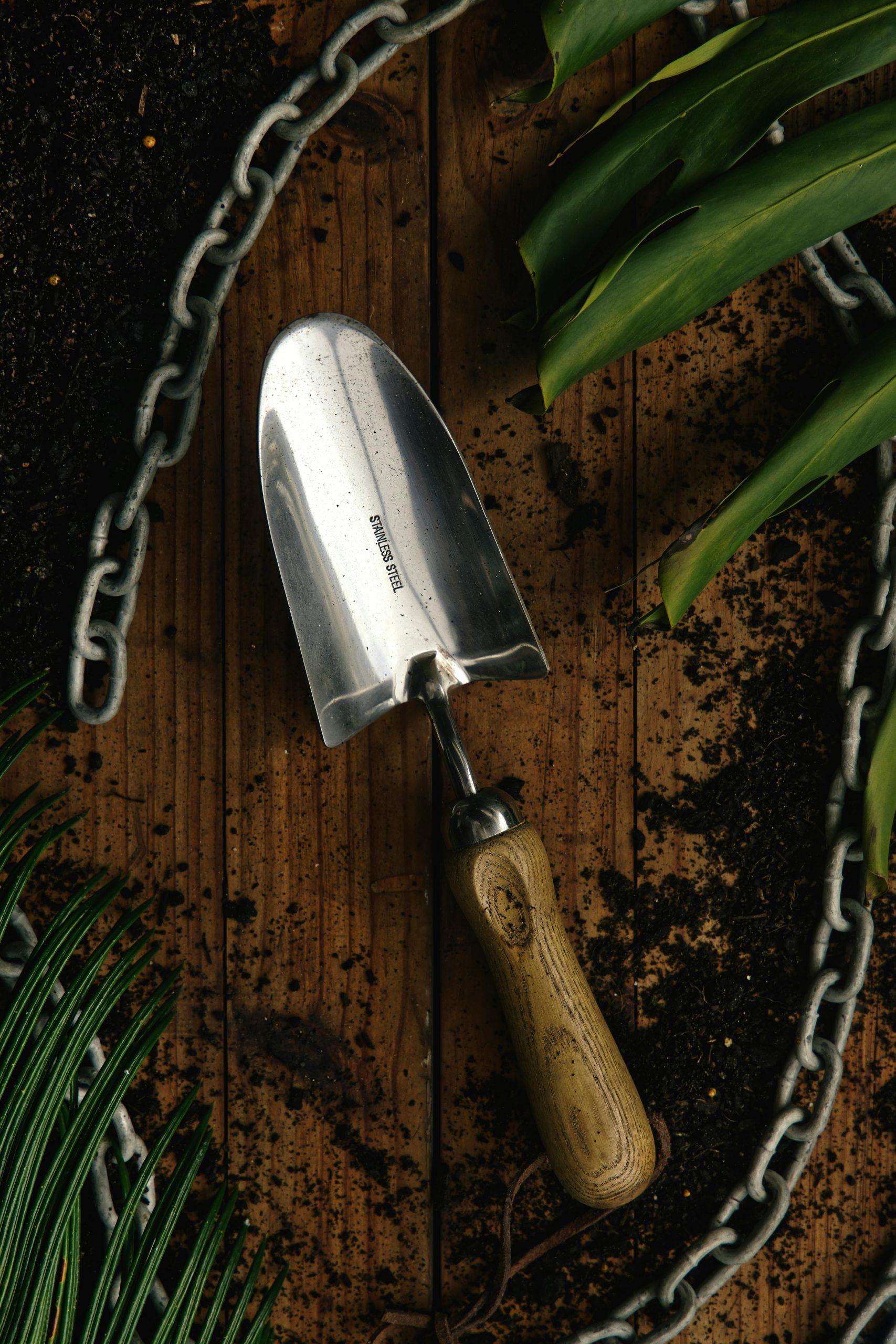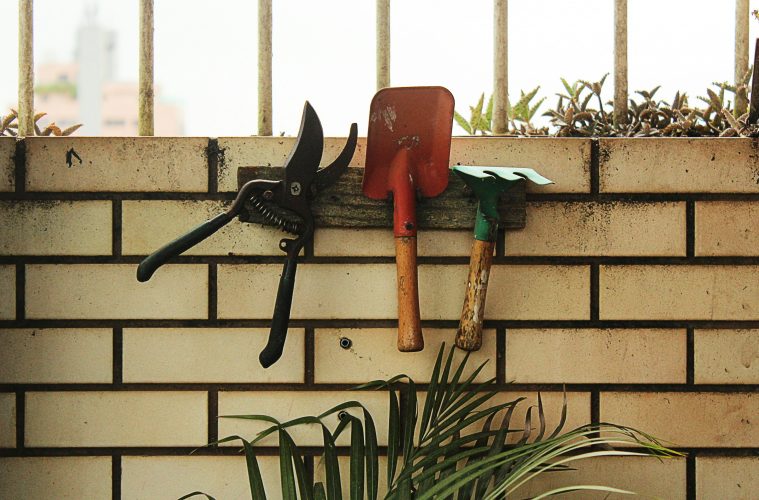Rusty garden tools aren’t just unsightly; they can be harmful to both your gardening efficiency and your plants’ health. The rust weakens metal, dulls cutting edges, and can transfer diseases between plants. The insidious spread of rust not only diminishes the look of your garden tools but also threatens their functionality and durability. But before you toss those rusted garden tools, there are ways to improve and maintain your garden tools.
Understanding what rust is
It forms through the chemical process called oxidation. This is when iron comes into contact with oxygen and moisture, creating iron oxide. This will cause your tools to look reddish-brown as a result of the chemical reaction. When your metal tools are exposed, water and oxygen conspire to further erode the surfaces and cause major rust.

Image Credit: Pexels
Step-by-Step rust removal
There are steps on how you can remove rust from your garden tools.
Step 1:Initial cleaning
Remove any loose dirt and debris with some water. This prevents soil from turning into muddy puddles in the buckets during the soaking process. Begin by giving your gardening tool a soak to remove all the dirt. This step ensures a clean surface for effectively removing rust.
Step 2: Prepare your soak
Pour white vinegar into a container large enough to hold your tool. Using cleaning vinegar works faster than regular white vinegar, but both can be effective. A well-mixed mixture of vinegar and water works well.
Step 3: Soak the tools and wait
Place your tool in the vinegar solution, ensuring all the rust parts are covered. Depending on how big your garden tools are, you can wait for a full 24 hours, but for small items like pruners, you can soak for 6-12 hours. Moderately rusted tools benefit from overnight soaking. Extremely corroded pieces may need up to 24 hours.
Step 4: Scrub away and rinse thoroughly
After soaking, the rust loosened considerably. Use a steel wool or a wire brush and scrub in circular motions. The rust should come off with minimal effort. Wash the tools thoroughly with clean water to remove all vinegar residue. You need to dry immediately with a clean towel.
Step 5: Protect your tools
Apply a thin coat of oil to prevent new rust from forming. The oils will shield the metal from moisture and oxygen, prolonging the tool’s lifespan.

Image Credit: Pexels
Maintenance tips
Preventing rust from returning to your garden tools is essential for their longevity:
- Keep your tools in a dry and sheltered location to minimise exposure to moisture.
- After each gardening session, clean tools promptly to remove soil and any debris.
- Inspect your tools regularly for signs of rust and address any emerging rust immediately.
ALSO SEE: AN EASY DIY PROJECT: CREATING A STUNNING SUMMER WREATH
Feature Image: Pexels

